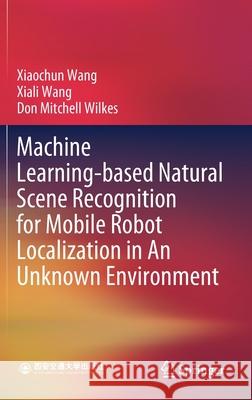Machine Learning-Based Natural Scene Recognition for Mobile Robot Localization in an Unknown Environment » książka
topmenu
Machine Learning-Based Natural Scene Recognition for Mobile Robot Localization in an Unknown Environment
ISBN-13: 9789811392160 / Angielski / Twarda / 2019 / 328 str.
Machine Learning-Based Natural Scene Recognition for Mobile Robot Localization in an Unknown Environment
ISBN-13: 9789811392160 / Angielski / Twarda / 2019 / 328 str.
cena 543,49 zł
(netto: 517,61 VAT: 5%)
Najniższa cena z 30 dni: 539,74 zł
(netto: 517,61 VAT: 5%)
Najniższa cena z 30 dni: 539,74 zł
Termin realizacji zamówienia:
ok. 20 dni roboczych.
ok. 20 dni roboczych.
Darmowa dostawa!
Kategorie:
Kategorie BISAC:
Wydawca:
Springer
Język:
Angielski
ISBN-13:
9789811392160
Rok wydania:
2019
Wydanie:
2020
Ilość stron:
328
Waga:
0.69 kg
Wymiary:
23.5 x 15.5
Oprawa:
Twarda
Wolumenów:
01
Dodatkowe informacje:
Wydanie ilustrowane











